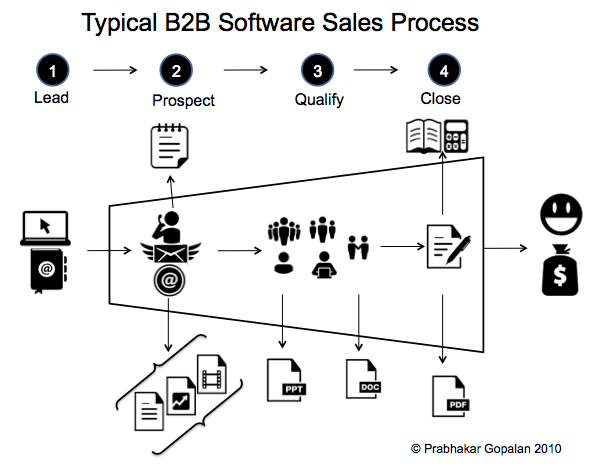Tweet this: @PGopalan Avoiding the checklist monkey http://wp.me/pXBON-2gN #prodmktg #prodmgmt
Last week, Jim Holland talked about avoiding flying monkeys. There’s another kind of monkey you want to avoid becoming one – the checklist monkey. The checklist monkey is a creature of habit in the product marketing profession.
 How often have you walked into a new product marketing position and found a ton of stuff on the intranet or network share but a) don’t really know where to start, and b)struggle to make a systematic plan for future product marketing content? Part of the problem is the checklist. The checklist is the response to get a lot of things done by volume, but not know how to track and measure success qualitatively. Try this simple idea instead – build a content map to avoid the checklist monkey trap. Turn your checklist marketing into impact marketing.
How often have you walked into a new product marketing position and found a ton of stuff on the intranet or network share but a) don’t really know where to start, and b)struggle to make a systematic plan for future product marketing content? Part of the problem is the checklist. The checklist is the response to get a lot of things done by volume, but not know how to track and measure success qualitatively. Try this simple idea instead – build a content map to avoid the checklist monkey trap. Turn your checklist marketing into impact marketing.
1) Map stages in the buying process
The first step in building the content map is outlining the stages in your sales process, from a buyer’s perspective. Consider an enterprise software product. A typical enterprise software product may have a lengthy buying cycle of 6 to 18 months over multiple stages. Having a clear understanding of the buying process will shine a light on many product marketing decisions that are made routinely in vacuum with little validation (e.g. make demo videos that a) intended buyer doesn’t watch or b) you don’t have a system in place to track sales leads from the video content to know if it was effective at all. But hey, ‘demo videos’ was in the checklist!). How do you figure this one out? Talk to your sales teams and your customers. Schedule interviews with your sales team to know how they are actually selling your product and your buyers on how they are buying. My colleague at ONPM, Alan Armstrong, has a number of posts on Win/Loss analysis as a great tool to uncover the buying process. So step 1, plot the stages on the X-axis of your content map.
2) Identify Personas and channels they use in the buying process
The second step in building the content map is identifying the personas in the buying process. Different personas may enter the sales cycle at different stages and these personas may demand content in different channels. In the technology product example above, a CIO might check your product website briefly and attend a 30 minute executive briefing in the opportunity identification phase, while a software engineer would want to try/download a trial version from your website and test it in the qualification phase. (Check out a source like Adele Revella’s Buyer Persona Institute for more on this). Plot the various buyer personas in the different stages of the buying process they enter. Some appear early in the cycle, some later, and some throughout. But whow are they? What information do they need?
3) Align content for sales workflow along the buying process
The final step is to align your marketing content against the workflow from the steps 1) and 2). Figure out what is the minimal content you need to help the buyer make a favorable decision to help you move along each stage. That answer to that minimal content isn’t the checklist. It is a specific piece of impactful information.
Using a simple content map described above you can build an effective content strategy for your marketing initiatives. Another secondary benefit of this structure is, when someone comes to the marketing team to develop new content, you can show this map and ask the requestor where in the buying cycle that content is going to be used and by which persona. There will be no monkeying around with that map.
– Prabhakar
Tweet this: @PGopalan Avoiding the checklist monkey http://wp.me/pXBON-2gN #prodmktg #prodmgmt
